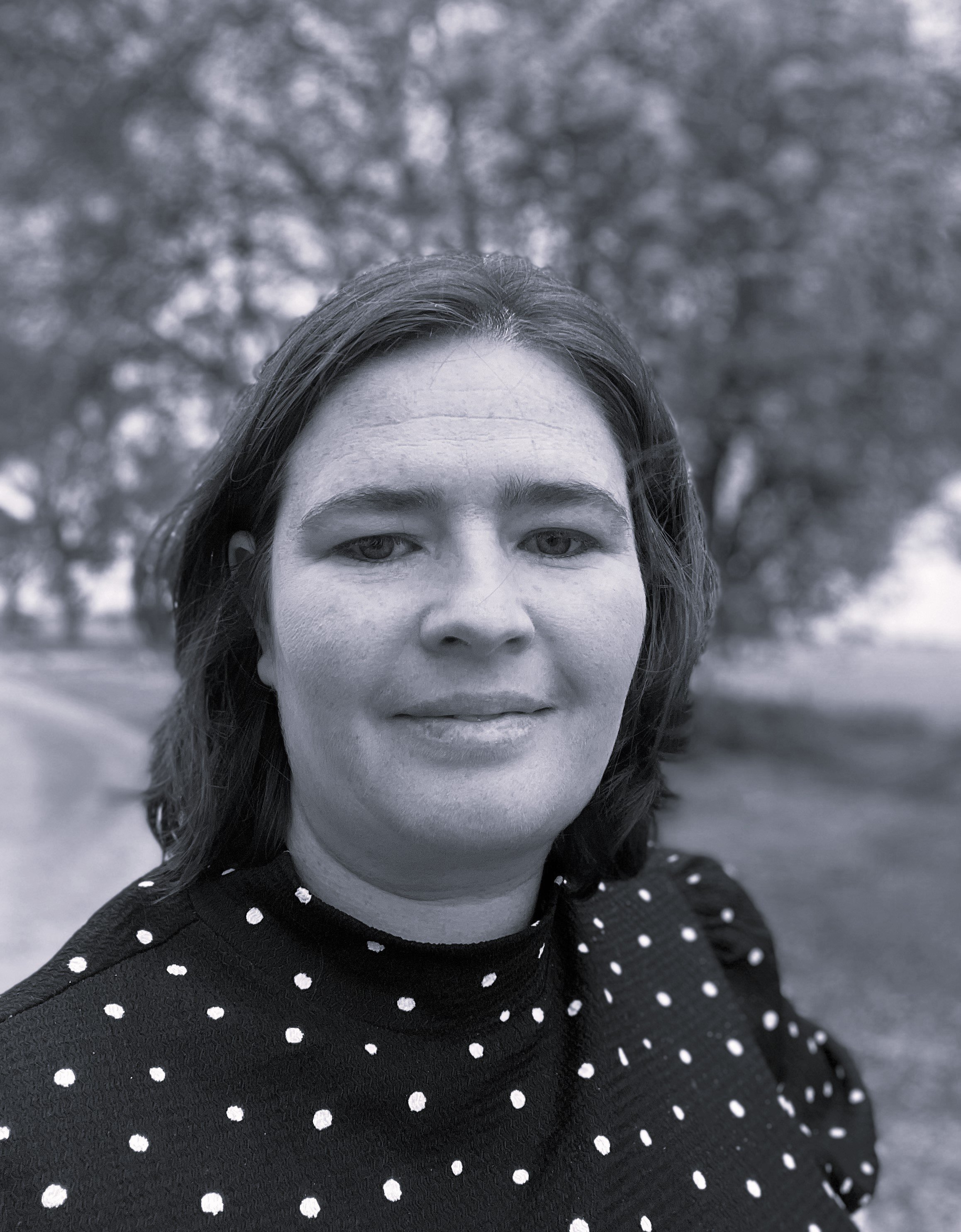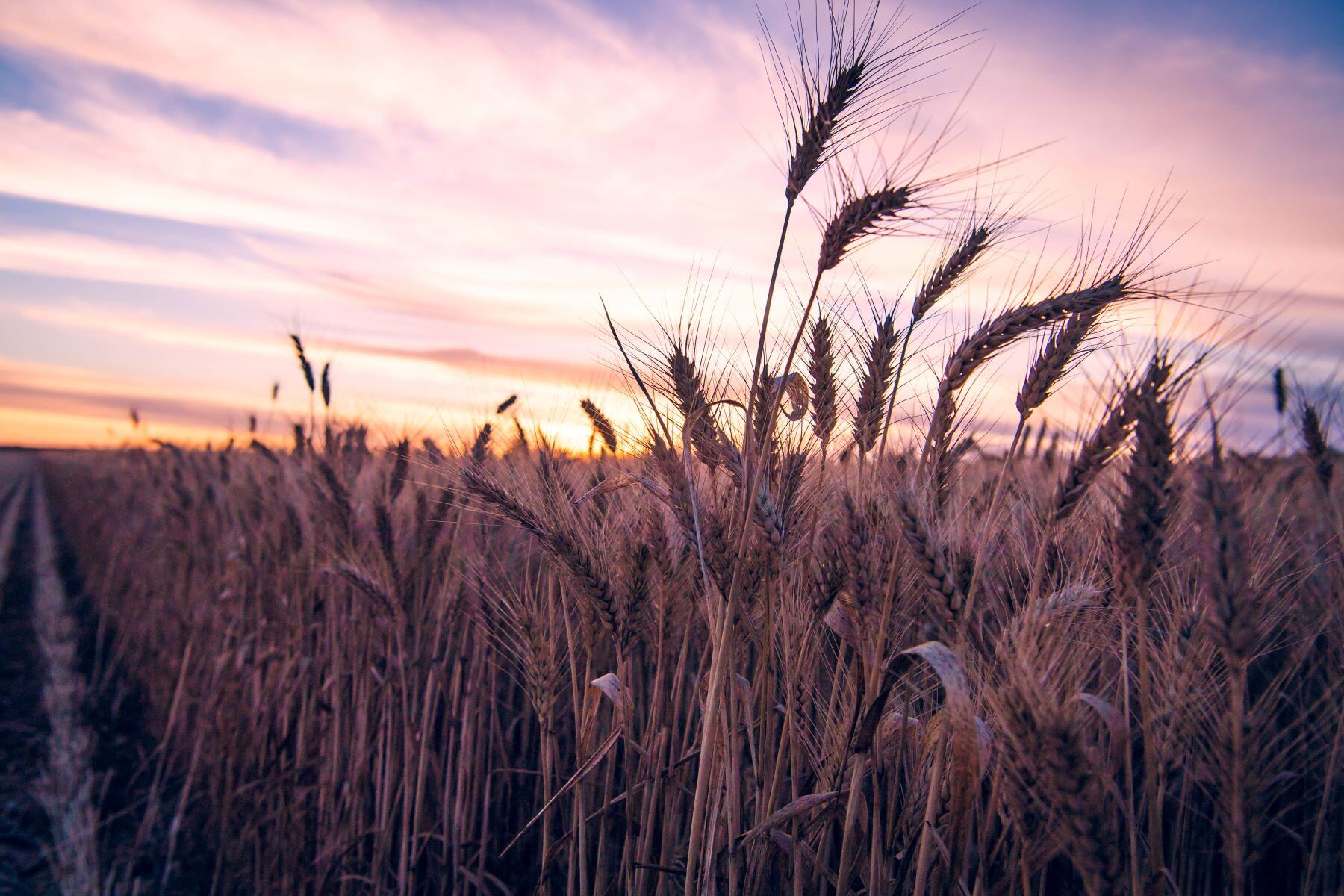Early report card for the 2026 border regions weaner sales
With southern weaner sales in full swing this week, the results of these provide a very timely, useful and broadly reflective barometer of where the...
5 min read
 Natasha Lobban
:
Oct 4, 2024
Natasha Lobban
:
Oct 4, 2024

It’s been a challenging year across much of the country, as farmers have faced varied seasonal conditions, and in some areas, are now counting the cost of frost damage.
On Friday the Bureau of Meteorology (BOM) released its latest drought statement, confirming September rainfall was below average for south-west Western Australia, agricultural regions in South Australia, northern Victoria and parts of southern and central New South Wales and large areas of central and eastern Queensland.
“Soil moisture remains below average in southern Australia and deficiencies have developed in central Queensland, but have eased in the north-west of Western Australia and central Tasmania,” the report read.
AuctionsPlus weather forecaster Jane Bunn has also forecast further frosts across the southeast next week.
To get a handle of the situation APlus News sat down with Elders NSW Technical Services Manager Adam Little to get an update on how farmers are faring as harvest starts in the north.
The only common theme across the country was that conditions are patchy, so the below descriptions should be taken as general in nature, with conditions in certain areas, and in some cases properties, not matching the regional averages discussed.
From drought in South Australia, to paddocks being too wet to harvest cotton at Trangie, NSW, we’ve seen it all this year.
“It’s been a typically very challenging season,” Mr Little said.
“Insect pressures are also causing concerns with growers coming into the final stages of plant growth.”
However, he said it wasn’t all bad with many farmers optimistic and there being some pretty good conditions in places too.
In Queensland Mr Little reported that crops in the north were the “best you’ll see”, while in the centre it’s been a bit dry and the southern corner not too bad.
“Some are doing quite well for crop production, but need further follow up rain,” he said.
In South East Queensland an average of 2-5% of crops had been frost damaged – mainly wheat and canola.
“At the moment winter cropping is coming to an end, harvesters are already in with barley, wheat will be next.”
In Central Queensland the sowing of cotton is starting.
Mr Little there were large summer cropping regimes planned for forage and summer crops this year.
“There’s also significant orders of oats for next year’s autumn sowing,” he said.
Producers were favouring forage oat varieties, due to their feed potential, after a cold winter stunted growth this year in some parts of Queensland and producers wanted to sure up feed supplies for next winter.
LIVESTOCK UPDATE: Mr Little advised producers to keep a close eye on livestock when grazing stressed or early growth stage sorghum due to grazing sorghums Prussic acid or nitrate poisoning.
In North West NSW there’s been a maximum of 5% frost damage to the bumper crops produced this year.
Mr Little said early headers were starting to get stuck into harvest in this region and all was progressing quite well.
“The South West Slopes have had a tougher year on the back of starting off in water-logged conditions. It then dried out pretty well and crops were going really well.
“The frost damage is anywhere from 15-35%, which will cause some growers to make decisions around hay or grazing.
“Those crops included wheat, barley and canola.
“There is some amazing crops in there, but they were at the boot or early heading stage, heads were up high in the frost zone, so they got smacked pretty hard.”
He said there was a massive opportunity to make hay in this area and that livestock will be used to graze some of those frosted crops.
LIVESTOCK UPDATE: Mr Little advised producers to be aware of the risk of grazing frosted crops with awns, due to spikelets having the potential to become stuck in the jaw or cheek or animals and causing abscesses. At this stage of the season, awnless grazing varieties are most suitable for grazing.
Mr Little reported that the Riverina and Victorian Border had heavy frost damage, with an average of 60% of crops frosted across the region.
“There was up to 100% of crops impacted in places around Ariah Park and down into Wagga,” he said.
He again reiterated that this was patchy and that some areas had been hit harder than others, sometimes within close proximity.
“The eastern part of the Riverina was incredible around Young to Wagga to Griffith, but once you stepped out to Hay and Deniliquin and towards Mildura it was pretty dry and tough,” he said.
“Then head down to border country and some of those crops have been fantastic. Heading into the North East and back into Albury and Gundagai it was quite good.”
Mr Little said Victoria was a tale of two halves, with the Eastern half, which predominantly grows grazing crops, producing some very good crops so far.
However, western Victoria experienced an extremely variable year depending on location.
That region had a dry start, before some rain for July and August period to then it went dry again.
Mr Little said grain growers in the west have also been hit by a 60% average frost to higher, with crops already stressed.
“Not a large amount of grain will come out of that region. It’s a predominantly a wool and sheep area, so they’re hurting on a number of fronts.
“It’s been a tough year in the southern quarter.”

 Rainfall deficiencies for the 8-months since February 2024. Source: BOM
Rainfall deficiencies for the 8-months since February 2024. Source: BOM
Mr Little reported that South Australia had been hit by multiple challenges this year as well.
“They didn’t receive early rainfall and a fair bit was sown dry. There was some rainfall and some falls in some regions, but they didn’t receive the follow up rain,” he said.
"Most crops are sitting at about 15-25cm at the moment, with 60-90% crop failure.”
He expected any hay to be made in the region to be of low quality and quantity.
There was concern about the seed production zone being impacted by frosts, but Mr Little said it was mostly a lack of rainfall that had caused damage.
LIVESTOCK UPDATE: For South Australian producers bringing in feed from NSW, Mr Little reminded them to utilise containment feeding to avoid the spread of interstate weeds. He also said feed tests would help ensure livestock were getting adequate nutrition from supplementary feed.
Mr Little said Western Australia had had an “extremely tough season” and that just 50% of the usual canola crop had been sown.
“They didn’t get the rainfall early, then got rainfall, then went and sowed and got crops up, so there are crops around in WA. Are they good? Not as good as they could be based on the production and lack of early sowing.”
Mr Little said WA producers no longer had the sheep numbers to eat failed crops. They also have significant weed issues due to resistance. They would not be making hay.
However, this was not state-wide. He reported that Margaret River down through bottom of WA looks “a million bucks” and the Top End had been experiencing a good year.
A late finish to the wet season delayed muster and any cropping activity in the Northern Territory, according to Mr Little, however they’ve had ideal growing conditions and out of seasonality rain.
He said around Tennant Creek plenty of hay would be produced for the Tablelands or for live export depot yards.
“Everything is rolling along pretty well,” he said.
LIVESTOCK UPDATE: “The major concern is still the biosecurity challenges up there with Lumpy Skin Disease,” Mr Little said. The banning of Buffel Grass has been quite a contentious issue and coming into fire season Gamba grass was still causing major concern for producers.
Mr Little reported Tasmania had a really wet harvest in 2023 and this, coupled with strong winds, had delayed a lot of harvest in the state.
They had a great start to autumn sowing, but had remained dry through the centre of the state, while other parts have had wetter than average seasonal conditions.
A lot of seed production occurs in Tasmania and this was tracking pretty well this year.
Harvest is still some time away, and won’t begin until November.
.png)
With southern weaner sales in full swing this week, the results of these provide a very timely, useful and broadly reflective barometer of where the...
.jpg)
The Chrome Sheep Stud’s Summer Ram Sale has delivered a strong start to the year, recording 98% clearance and the stud’s best January average...
.jpg)
In this column in July, the StoneX H2 2025 Australian Cattle & Beef Market Outlook’s bold calls were analysed and assessed for what the final 6...